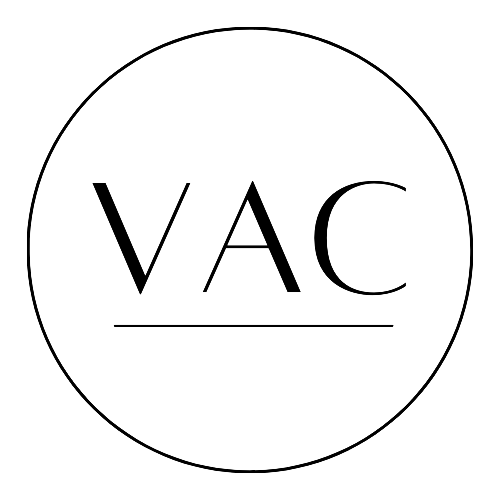Contemporary Yoruba Artist Wole Lagunju
My next interview is with Wole Lagunju, a contemporary Yoruba artist. In his work, Wole explores and critiques unjust systems of power by inviting the viewer to investigate racial and social hierarchies, often referencing colonization and imperialism. Many of Wole's paintings examine the hybridization of cultures - juxtaposing traditional elements of Yoruba culture, such as masks, dances, and sacred beliefs, with images and icons of the Western world. Most recently, Wole has been working on a series of large-scale portraits set against vibrant, floral backgrounds, which draw upon his experiences as both a multimedia artist and graphic designer.
Hi Wole! Tell me about your background and where your creative journey began.
I grew up in the early seventies in Oshogbo, a town in Western Nigeria. Oshogbo is famous for its art school and the annual festival and celebration of Oshun, a river goddess. I also attended the University of Ife, now known as Obafemi Awolowo University in Nigeria and received a Bachelors degree in Fine Arts with a specialization in Graphic Design. I have work experience in both journalism and advertising as an illustrator, cartoonist and visualizer.
Your work reexamines traditional art and design from Yoruba. How has art from this region influenced you as an artist, and in what ways does your work reimagine this art form?
My work consists of paintings, installations and drawings that reinterpret my culture as contemporary African art.
As an artist, you explore and critique system's of power, providing a commentary on both racial and social hierarchy - specifically during the 19th century. In what ways does your work challenge these ideologies?
My work is meant to draw attention to racial and social disparities which one encounters as a diaspora individual living in the Western world. It also instigates conversation on imperialism, colonization and the marginalization of minorities and traditional societies.
What do you hope viewers will take away from your work?
The knowledge that all cultures are one and the same.
Your paintings are primarily figurative, often depicting the human figure painted meticulously amongst a vibrant background. How do you balance art and design elements in your work?
The balancing of design elements in my work stems from my training as a graphic designer and illustrator. I am also guided by extensive observation, knowledge and inspiration of design found in traditional Yoruba culture. This is apparent in shrine paintings, masks and textile designs of both male and female Yoruba artists.
How has your experience in graphic design influenced your paintings?
My experience in graphic design informs my creative work process. I sometimes plan my paintings and drawings before execution using a digital process.
How has your work shifted and evolved over the years?
My work has shifted from the reinterpretation of traditional art and design to figuration and portraiture. I have also been able to introduce elements of hybridity and design from Western culture. My choice of media has also evolved from drawing with India ink and painting with acrylic paints to painting primarily in oils.
When did you join Instagram, and how has it impacted you as an artist?
Even though I had an instagram account earlier, I joined officially in 2015. Instagram has helped to bring my art to a wider and more immediate audience.
Follow Wole on Instagram at: wole_lagunju
Website: www.wolelagunju.com






